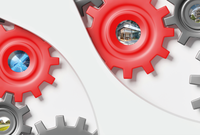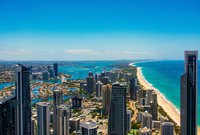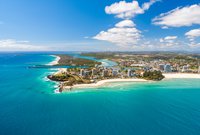Tweed Heads Property Market Update 1st Half of 2024
In Q4 2023, Tweed Heads recorded a median house price of $946,750 and a median unit price of $800,000. This represents annual (Q4 2022 – Q4 2023) softening of –18.4% for houses and 22.1% growth for units. On a quarterly basis (Q3 – Q4 2023) median prices declined, by -17.7% for houses and -6.0% for units. In this time sales decreased by -28.6% (to 15 sales) for houses but surged by 41.2% (to 96 sales) for units. The market is reflective of two things: higher interest rates and cautious buyers, thus a softer market on a quarterly basis; and a big undersupply in houses, which lead to a more demanded unit market and resilient pricing.
Average vendor discounts between Q4 2022 and Q4 2023 have tightened to -4.5% for houses and -2.1% for units. The peak of a discount has passed (in Q4 2022). The market in Tweed Heads still favour buyers, as vendors willing to accept below the initial listing prices. That said Q4 2023 saw the tightest average vendor discount for units, which suggest there is a more competitive market.
House rental yields in Tweed Heads was 3.0% as of December 2023, lower than Tweed Shire LGA (3.9%). There was a softening in median house rental price in the past 12 months, now at $740 per week; and a 27.3% surge in the number of houses rented. Average day on the market continue to decline, by -6.5%, to 29 days. The rental market is beneficial to renters and investors – a more affordable price for renters and a more demanded market for investors.
2-bedroom houses have provided investors with a remarkable +19.6% rental growth annually, achieving a median rent of $612 per week.
Tweed Heads recorded a vacancy rate of 0.7% in December 2023, lower than Tweed Shire LGA average (1.1%) and Gold Coast Main (1.0%). Vacancy rates increased in late 2022 – mid 2023, due to investors re-entering the market. However, it has notably decreased in the past 6 months due to more people being priced out of the sale market and opting to rent. This indicates solid rental demand and quicker occupancy. A 0.7% rate is well below the Real Estate Institute of Australia’s healthy benchmark of 3.0%: thus, a conducive and sustainable environment for investors.





